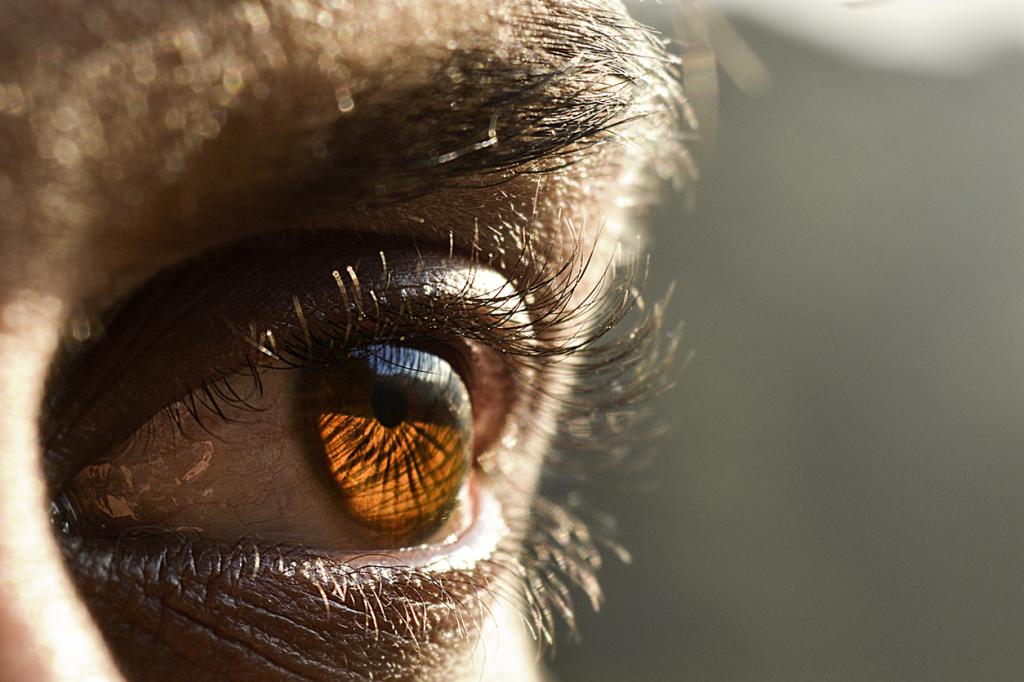

The researchers, however, could not identify the bacteria that transferred its gene to vertebrates.



A key gene involved in vertebrate vision has been traced back to bacteria, according to a new study.
Some 500 million years ago, the bacteria likely transferred the gene to the ancestor of all vertebrates, the study published in PNAS stated.
The gene with links to bacteria contained instructions to make the interphotoreceptor retinoid-binding protein (IBRP). Its protein sequence is most similar to a bacterial protein called peptidases, which are known to break down proteins and recycle them.
IBRP has a key role in vision. In humans, mutated versions of the gene lead to various retinal diseases, such as retinitis pigmentosa (an eye disorder that causes loss of sight) and retinal dystrophy (a degenerative disorder that causes colour blindness or night blindness and complete blindness in progressive conditions).
“A growing list of eukaryotic functions owe their origins to bacterial and viral genes, including components of antiviral and antibacterial immunity, metabolic functions, adaptation to environmental stress, and now an essential component of vertebrate vision,” the researchers wrote in their study.
Scientists did not have a complete picture of how vertebrate vision evolved. This is because advances in eye arrangements occurred in animals that lived about 500 million years ago.
Consequently, these animals were either not preserved or were not represented in the fossil record, according to a 2008 study.
Further, animals possessing intermediate eye features likely perished due to competition with their counterparts having better visual features.
Researchers from the University of California, San Diego, tried to connect the missing dots by reconstructing the origin of IBRP.
The team performed a phylogenetic reconstruction, which describes evolutionary relationships in terms of the relative recency of common ancestry.
They found “unequivocal evidence” that a vertebrate ancestor acquired the bacterial gene. It duplicated itself twice. Further mutations in the gene resulted in IBRP with a new function.
The transfer likely occurred due to interdomain horizontal gene transfer, which describes the movement of genetic information between organisms.
The analysis identified two additional independent instances of the transfer of bacterial peptidase genes into eukaryotes, once into fungi and once into amphioxus species, key marine animals in understanding the origin of vertebrates.
The researchers, however, could not identify the bacteria that transferred its gene to vertebrates.
“Our work reveals further evidence that bacterial genes provide a rich source of evolutionary novelty, not just to other bacterial species, but to eukaryotes (animals, plants, fungi, and many unicellular organisms) as well,” the researchers wrote in their study.
We are a voice to you; you have been a support to us. Together we build journalism that is independent, credible and fearless. You can further help us by making a donation. This will mean a lot for our ability to bring you news, perspectives and analysis from the ground so that we can make change together.

Comments are moderated and will be published only after the site moderator’s approval. Please use a genuine email ID and provide your name. Selected comments may also be used in the ‘Letters’ section of the Down To Earth print edition.